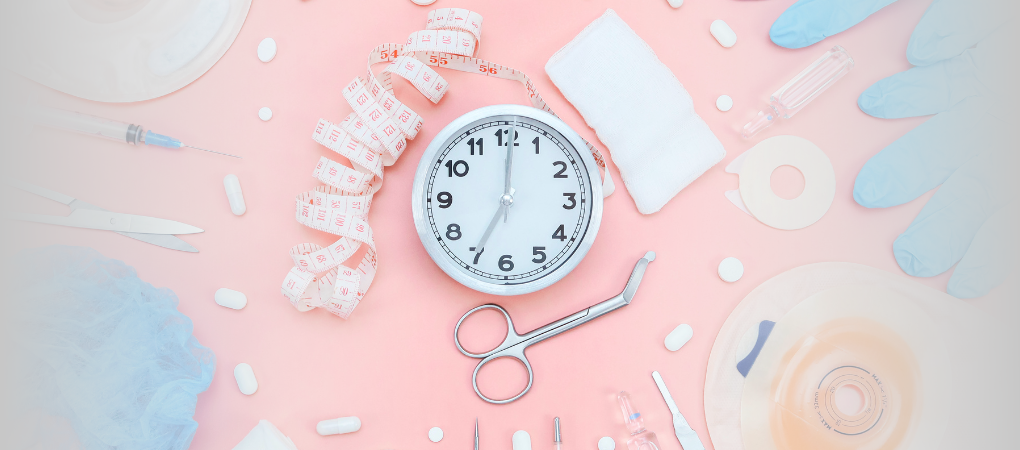Francesca Galiano
|
02/09/2022 - Last update 29/12/2022
J Michael Wieting, Christopher Beal, Gary L Roth, Sherman Gorbis, Lori Dillard, Dennis Gilliland, Jacob Rowan | Year 2013
The effect of osteopathic manipulative treatment on postoperative medical and functional recovery of coronary artery bypass graft patients
Pathology:
Postoperative recovery
Type of study:
Randomized controlled trial
Date of publication of the study’:
2013/May/01

Purpose of the study
- Objective: to evaluate the effects of OMT on postoperative recovery of patients after coronary artery bypass graft
- Measured outcomes:
- Primary: days of hospitalization until discharge, days past until the resumption of bowel movements, assessment of functional independence through Functional Independence Measure (FIM) score
Participants
- Number: 53 people (13 female and 40 male)
- Criteria of inclusion: voluntary, age 18-80 years, an osteopathic cardiovascular surgeon’s patients who had to undergo aorto-coronary bypass graft
- Criteria of exclusion: past aorto-coronary bypass surgery, unstable psychiatric disease, unstable chronic pain, open chest phenomenon, sudden peri- or post-operative complications
- Groups of study: three groups obtained by randomization
- Group 1: standard care with OMT, 17 people (4 female and 13 male, mean age 65,1 years)
- Group 2: standard care with sham treatment, 18 people (5 female and 13 male, mean age 67,0 years)
- Group 3: standard care, 18 people (4 female and 14 male, mean age 63,3 years)
Interventions and evaluations
- Medical data collected by a FIM certified physiotherapist
- among the data collected: date of the coronary artery bypass graft operation, number of blood vessels bypassed, date of extubation, surgical complications, total length of hospital stay, days of post-surgery hospital stay, supplemental oxygen need, date of first bowel movement, distance walked, use of analgesics
- Assessment of the person’s functional independence through FIM
- a scale from 1 to 7 to assess the ability of grooming, toileting, transfers and walking
- in the study were analyzed FIM data only until the third day, since from the fourth day the discharges began
- 1 daily treatment from the day after the operation until discharge
- 8 minutes OMT or surface handling
- OMT: thoracic inlet myofascial release, rib raising (with paraspinal muscle stretch to L2) and soft muscle techniques at cervical level (with paraspinal muscle stretch and suboccipital muscle release)
- techniques chosen to regulate the orthosympathetic and parasympathetic nervous systems and improve both lymphatic drainage and chest mobility
- Sham treatment: light touch applied to the same regions treated in the OMT, without moving the myofascial structures
- OMT performed by an osteopathic physician or by an osteopathic medical student under the supervision of a physician co-author of the study
- Pre-study training to perform the osteopathic techniques as well as the sham techniques in a standardized manner
Results
Primary outcomes: compared to the two control groups (standard care and standard care with the addition of sham treatment), the group that received standard care with the addition of OMT reported slightly better results both in the time of hospitalization until discharge and in the time elapsed before the resumption of bowel movements (both lower).
As for functional independence, on the third day the group with OMT showed a score higher than that of the other two groups according to the FIM scale (19.3 vs 15.4 vs 18.6). However, as with the other results, the statistical significance was not reached.
Discussion
Following a coronary artery bypass graft surgery, often remains a preponderance of the orthosympathetic activity that can affect the intestinal activity. Moreover, given the nervous and myofascial connections, cardiovascular health is particularly affected by the state of the musculoskeletal system. OMT, through different techniques, can act on both muscular and nervous aspects to promote good cardiovascular functionality.
The results obtained show a potentiality of OMT in this sense. However, more organized studies are needed to better assess the actual extent of this potential.
The review of Osteopedia
By Marco Chiera
Strengths: collection of different medical data, useful in an exploratory study; pre-study training to standardize the techniques used among the various operators; accurate description of the techniques used; calculation of the sample size (how many people to recruit in the study) for future studies.
Limits: use of specific techniques and not of a personalized OMT; lack of description of the standard care; results obtained with OMT are minimal (eg, the reduction of hospitalization time compared to other groups was less than a day).
compared to the long description of the techniques, the discussion of the results is very short: the theory behind the usefulness of OMT was discussed, but there were no consideration about the results obtained (eg, on the potentiality of the light touch, on the fact that several people had already received an OMT in the past and therefore could recognize it)
Originally the study included 81 people, but 28 of them did not complete it: it is not known which group they belonged to and there is not detailed description on why they abandoned the study.

Are you an osteopath?
Register and enjoy the membership benefits. Create your public profile and publish your studies. It's free!
Register now
School or training institution?
Register and enjoy the membership benefits. Create your public profile and publish your studies. It's free!
Register now
Do you want to become an osteopath? Are you a student?
Register and enjoy the membership benefits. Create your public profile and publish your studies. It's free!
Register now







